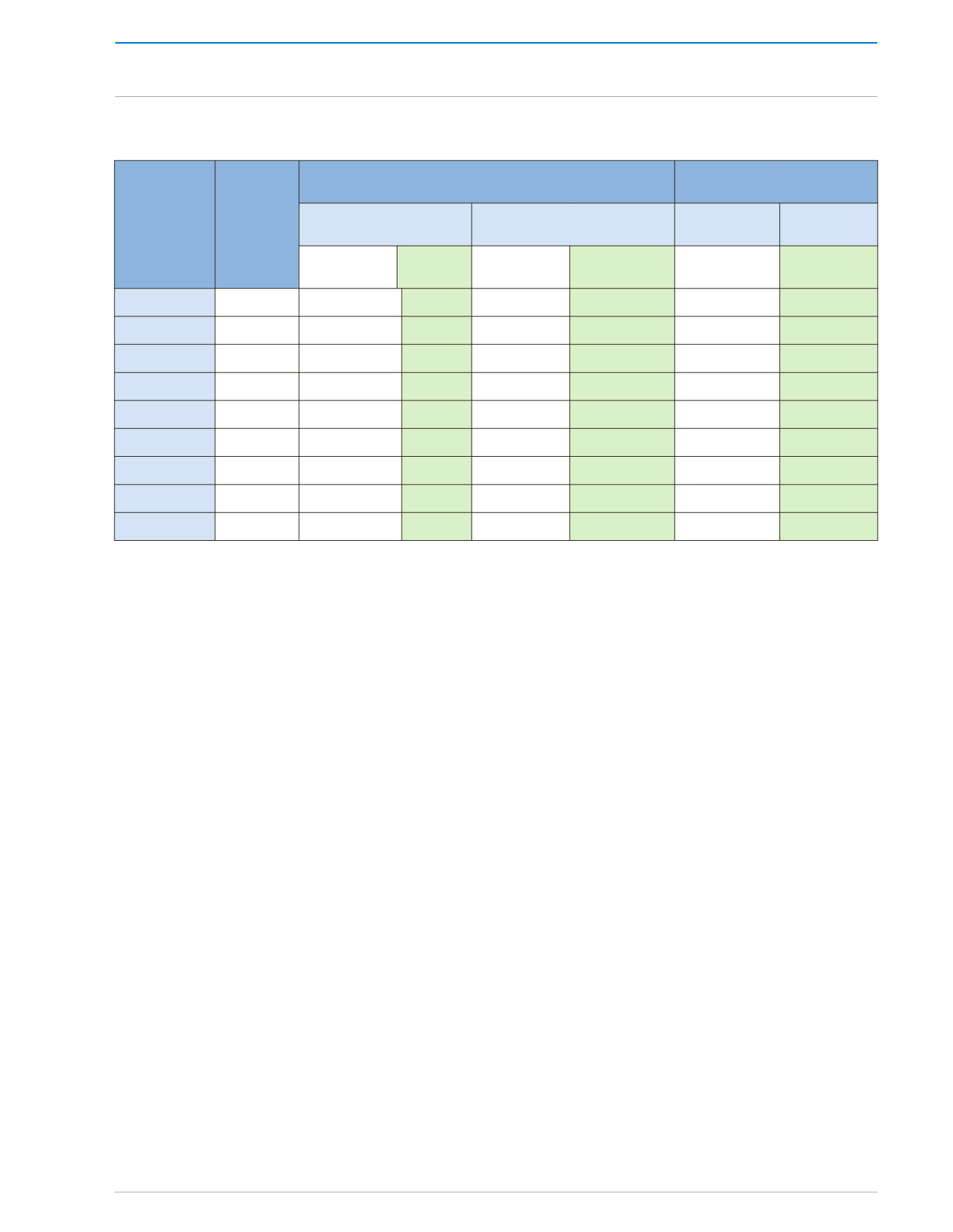
REVIEW OF THE ECONOMY 2013
43
SUSTAINING GROWTH, SECURING PROSPERITY
recurring current account surpluses, and a
strong international reserve position.
Upward pressure on the rating is influenced
by increased foreign investment in oil/natural
gas exploration and commercialisation activity.
Moody’s also highlighted that approval of
fiscal reforms that incorporate limits to public-
sector wage growth, the divestment of state-
owned enterprises, and reforming subsidies
could positively impact the rating. In addition,
improved execution of public sector capital
expenditure commitments and reform of the
Heritage and Stabilisation Fund to make it a
more effective instrument for countercyclical
fiscal policy could also contribute to improved
ratings. Downward pressure on the rating could
arise from a sustained decline in oil or gas prices
and the failure to credibly commit to a medium-
term fiscal consolidation program to halt the
deterioration of the fiscal balance and stabilise
debt levels. Further, the consequential effect of
contingent liabilities from debt held by public
sector corporations could negatively affect the
rating as well as any resumption of large scale
industrial action.
Year
Outlook
Foreign Currency Ceiling
Government Bond
Ratings
Bonds and Notes
Bank Deposits
Foreign
Currency
Local
Currency
Long
term
Short
term
Long
term
Short
term
Long
term
Short
term
Jan 2013
Stable
A1
…
Baa1
…
Baa1
Baa1
Aug 2012
Stable
A1
…
Baa1
…
Baa1
Baa1
Jul 2011
Stable
A1
…
Baa1
…
Baa1
Baa1
Jun 2009
Stable
A1
…
Baa1
…
Baa1
Baa1
Dec 2008
Stable
A1
…
Baa1
…
Baa1
Baa1
Oct 2007
Stable
A1
…
Baa1
P-2
Baa1
Baa1
Jul 2006
Stable
A1
…
Baa1
P-2
Baa1
…
May 2006
…
A2
P-1
…
…
…
…
Aug 2005
Stable
Baa2
P-3
Baa2
P-3
Baa2
…
Source: Moody’s Investors Service (2013)
Table 4:
Trinidad and Tobago Credit Rating History: 2005-2013 by Moody’s Investors Service
Moody’s report on Trinidad and Tobago
noted that growth performance in 2012 fell
short of expectations mainly as a result of
the underperformance in the energy sector.
Moody’s projected growth rate of 0.8 percent
for 2012 and 2.0 percent in 2013. Growth was
predicted to recover marginally in 2013 as a
result of increased exploration activity, foreign
investment in the energy sector and public
sector investment projects. Medium term
growth prospects depend on supportive global
energy prices, the effectiveness of public sector
capital investments, the completion of oil/
gas infrastructure maintenance operations,
and the government’s ability to prevent
renewed industrial action by unions. Moody’s
highlighted that Trinidad and Tobago’s debt
position is on par with most other Baa1-rated
peers and that Trinidad and Tobago’s external
position – its current account surplus and
international reserves as a share of GDP – are
superior to most Baa1-rated peers, including
commodity exporters such as Russia and
Bahrain. Moody’s report also highlighted that
Trinidad and Tobago’s broad revenue base
CENTRAL GOVERNMENT OPERATIONS


